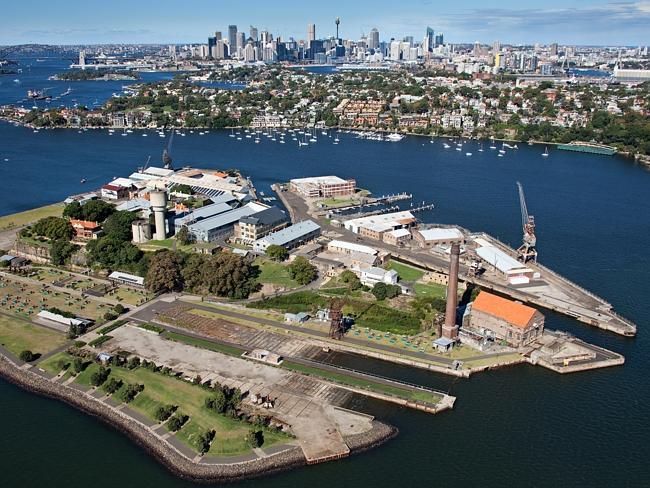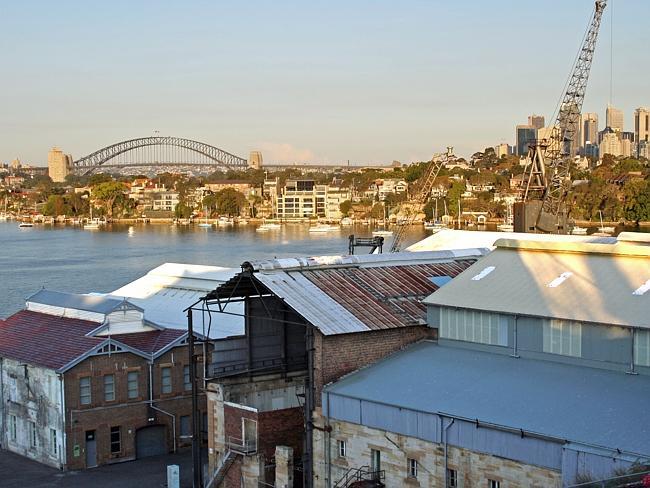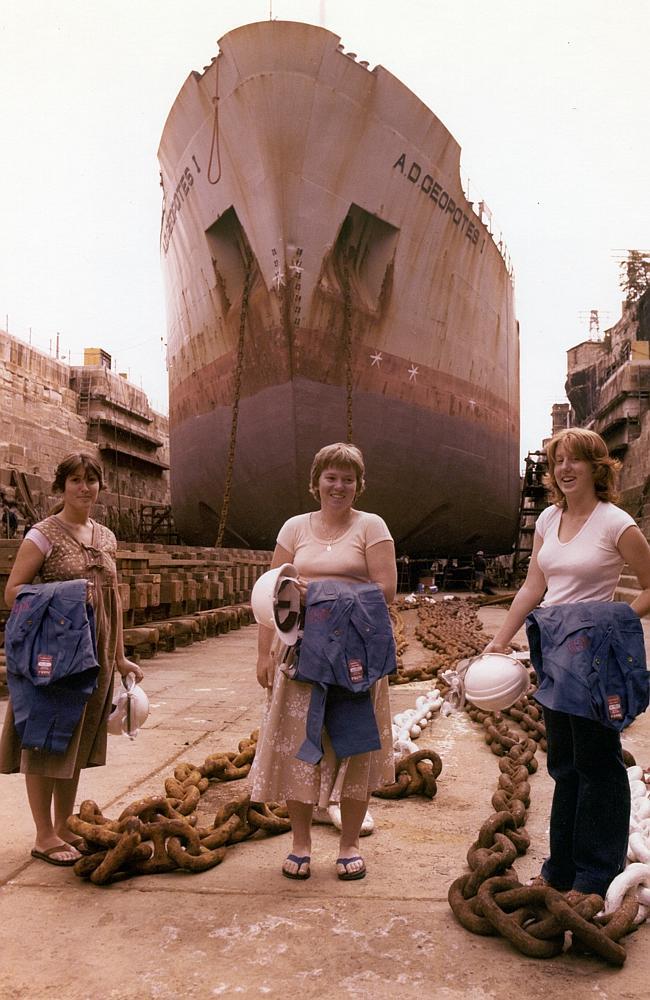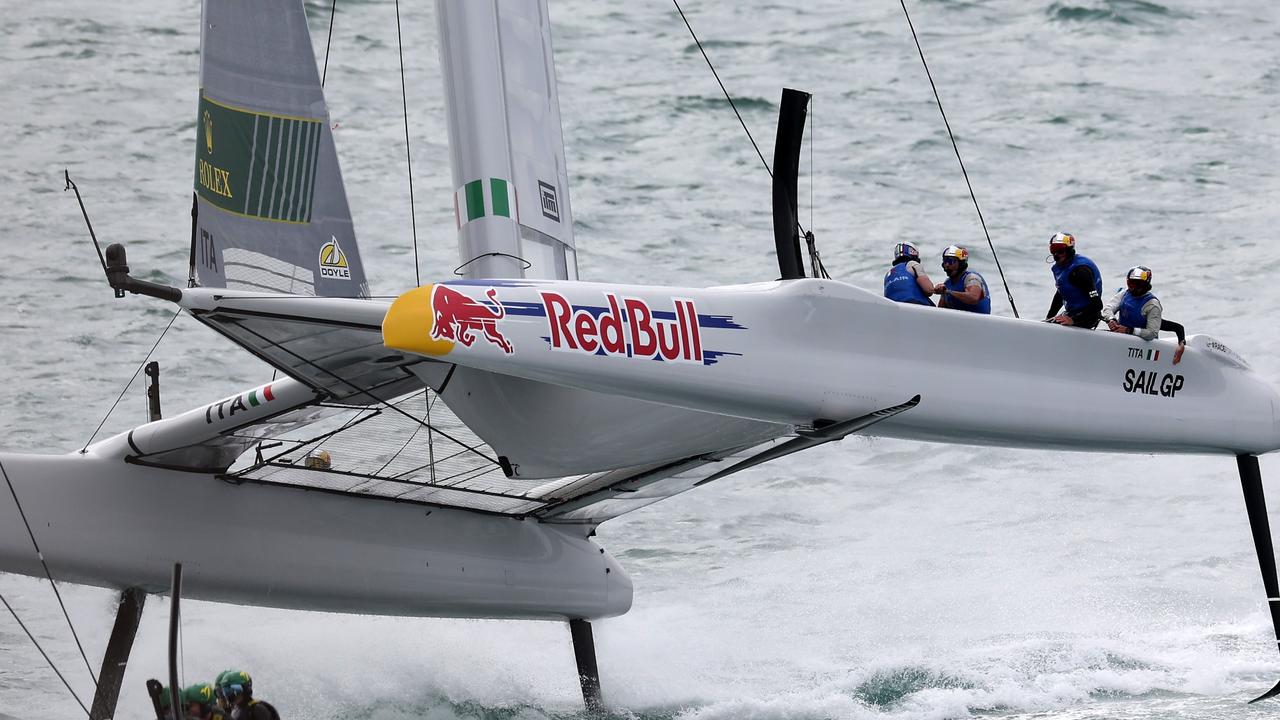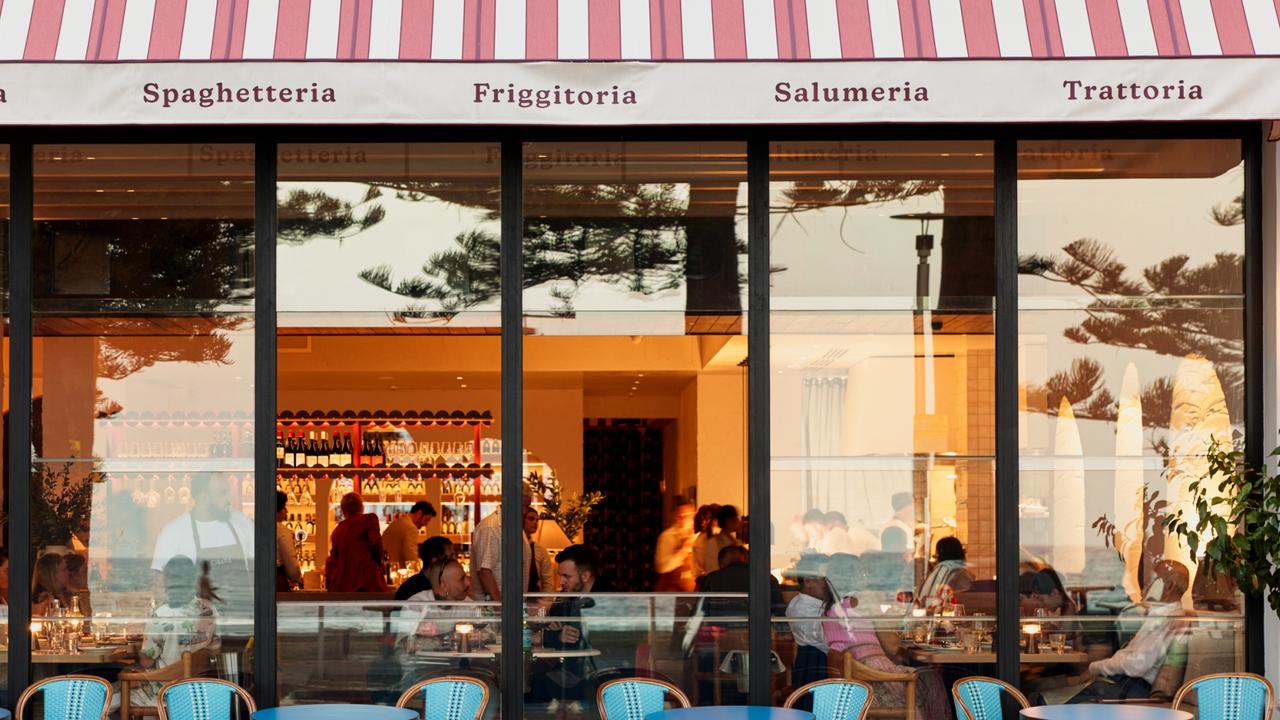Cockatoo Island's dockyard workers invited to help write history in Shipyard Stories
Once a powerhouse of industry, a new project seeks to capture the stories of Cockatoo island's dockyard workers before they fade from memory.
It's a custom of days gone by, when shipwrights who had railed up or readied a ship for launch on the slipway at Cockatoo Island were rewarded with a keg of beer.
Gathered around the barrel on a stand outside a shed, having swapped their blue collars for suits and trilby hats, the men toasted the launch of HMAS Warrego II. It was 1940, the island's shipbuilding heyday.
For more than a century, Cockatoo Island was a powerhouse of industry, where thousands of hardworking men and women toiled on naval ships and other vessels in the heart of Sydney Harbour.
But this great shipbuilding era drew to a close in 1991 when dockyard operations ceased, and the workers with their stories of larrikinism, mateship, hardship and experiences of daily life in Sydney's biggest dockyards faded from view.

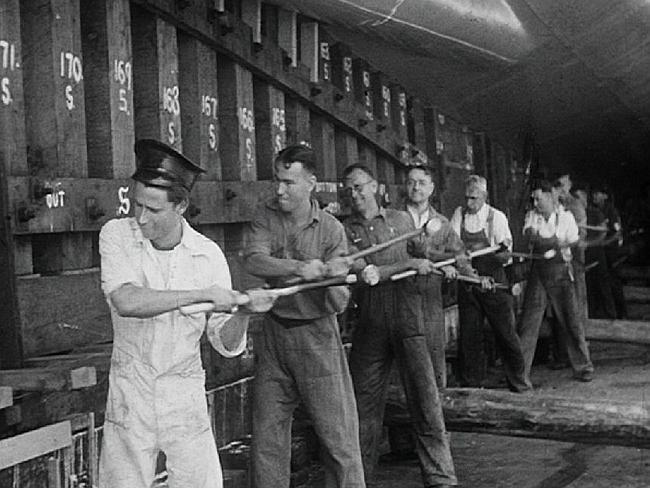
Sydney Harbour Federation Trust is now attempting to document former worker experiences and is calling on former dockyard workers, apprentices and family members to share their story and help write history. Their input will become part of a permanent exhibition on the island.
Former workers and their families can bring their photos, memorabilia and stories about working on the island to a special Scanathon on Saturday, January 25, on the island.
Harbour Trust executive director Geoff Bailey said the island was the nation's most important dockyard and shipbuilding site for more than 130 years.
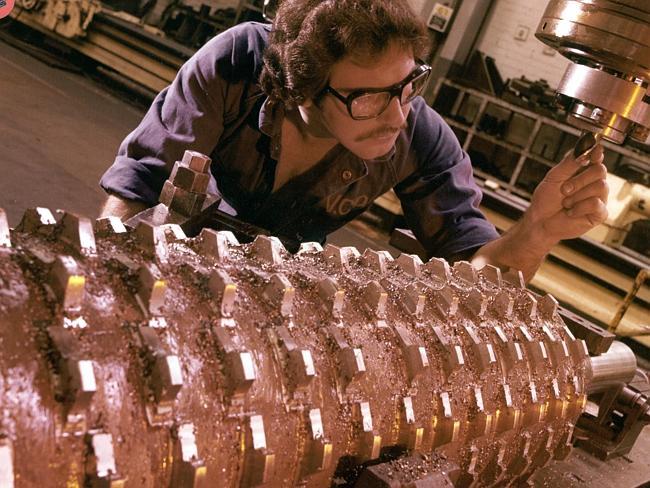
"It was the crux of Australia's maritime industry. Thousands of ships were built, repaired and refitted in its docks and slipways, which bore testimony to the skill and dedication of the dockyard's workforce," he said.
"Many former workers hold Cockatoo Island in great affection, remembering it as one of the best places to work.
"The photos and memories they'll share with us will help us bring the island's dockyard history to life."
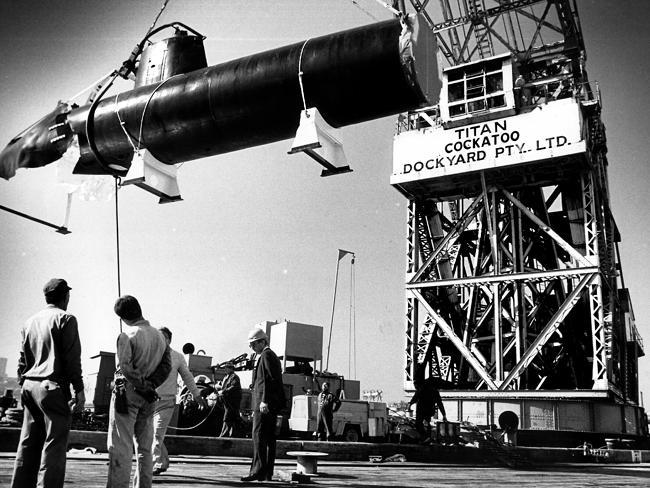
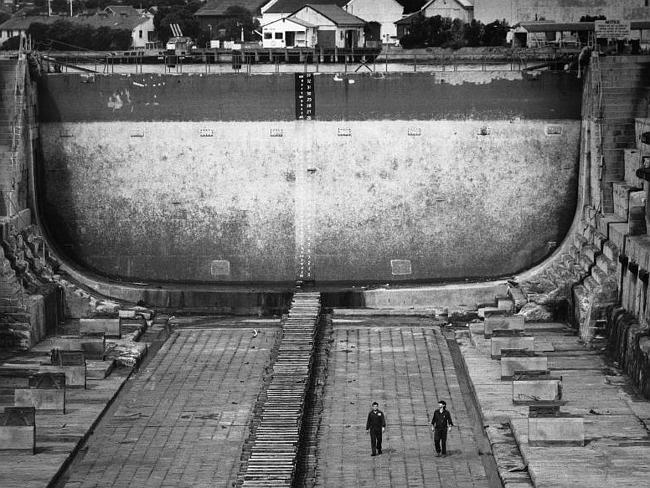
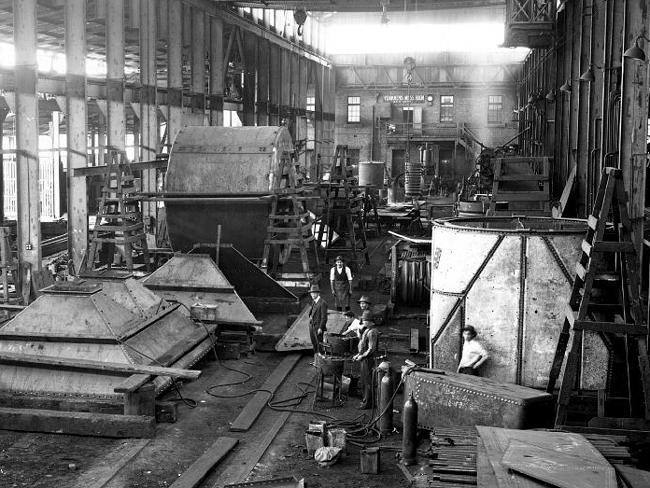
Cockatoo Island initially served as a colonial jail for some 30 years before shipbuilding took off, and was by all reports a grim and brutal place from which only one man, Frederick Ward, managed to escape by swimming through shark-infested waters to Balmain (guards reportedly left raw meat and offal in the water to attract sharks and deter escapees).
Ward later reappeared as the bushranger Captain Thunderbolt.
Those early prisoners built the Fitzroy Dock and machine shop between 1851-1857 and in 1890, after the prison had closed for some time, a second dry dock was built, the Sutherland Dock, was completed in 1890 and became the largest in the world.

At its peak during World War I, 4085 people were employed on the island building and repairing ships and refitting vessels to carry troops and horses.
The island became the major shipbuilding and dockyard facility in the Pacific after the fall of Singapore during the early part of World War II.
The main activity of the dockyard was ship construction and related engineering work.
Most vessels were for the Royal Australian Navy including on submarine although design and building of aircraft and speedboats with aeronautical engines was also done in the 1930s.
